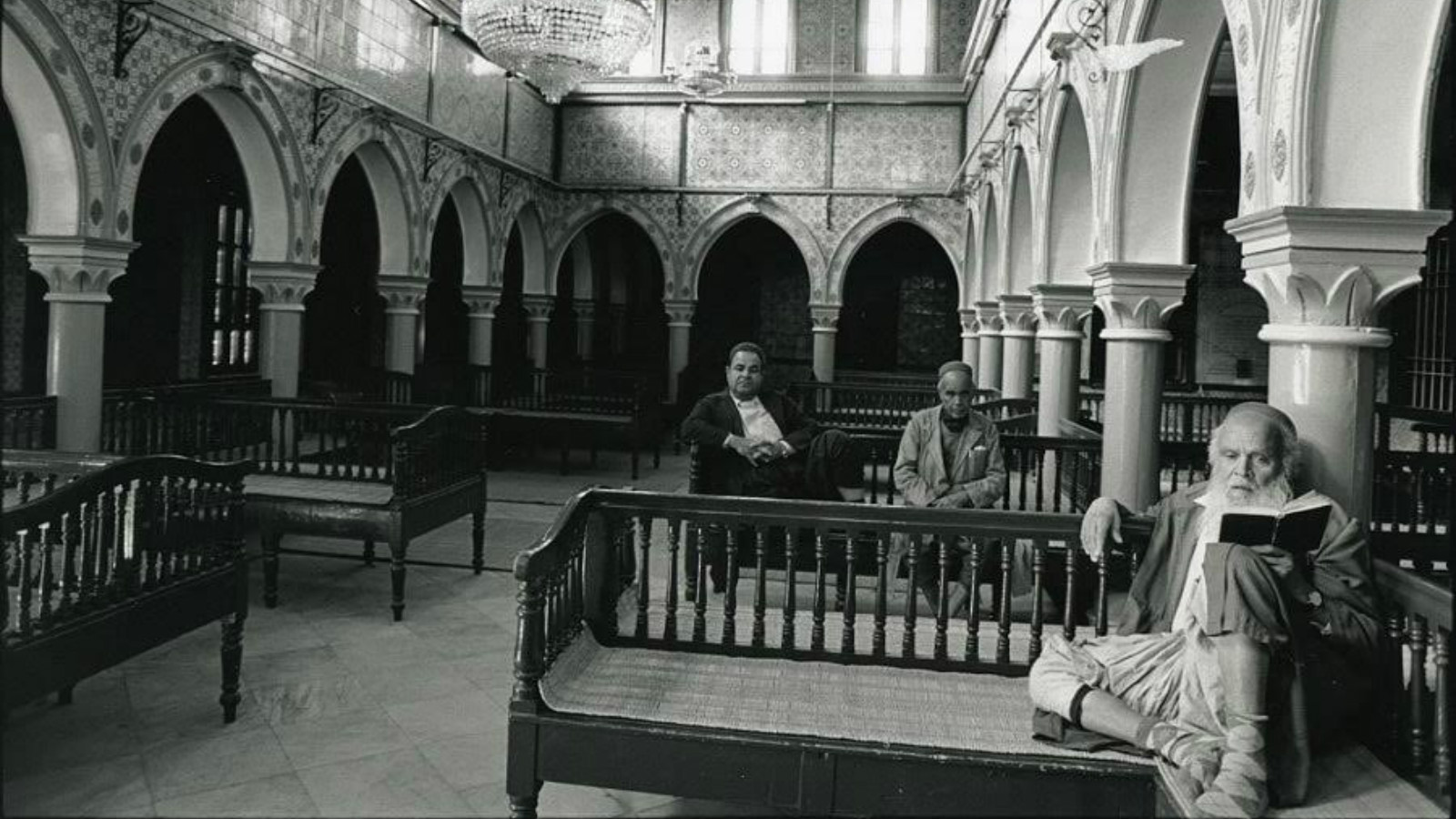Although Yom Kippur is the synagogue holiday par excellence, with five separate services spanning much of its 25 hours, customs at home help set the tone for the day. These preparations range from the symbolic and spiritual to pragmatic concerns, such as eating well before beginning a fast.
When is Yom Kippur 2018? Click here to find out.
Rituals The Day Before Yom Kippur
The formal liturgical confession of sins, or vidui, begins on Erev , the day preceding the holiday, usually at the mincha, or afternoon service, but it can also be done at home. This admission of sins, which begins Yom Kippur’s process of repentance, is the first step in the struggle to achieve inner purity. This quest for purity is embodied both in the traditional trip to the mikvah, or ritual bath, on Erev Yom Kippur and in the wearing of white clothing during Yom Kippur itself.
Kapparot, With Chickens or Proxies

Help us keep Jewish knowledge accessible to millions of people around the world.
Your donation to My Jewish Learning fuels endless journeys of Jewish discovery. With your help, My Jewish Learning can continue to provide nonstop opportunities for learning, connection and growth.
Erev Yom Kippur is also the time for the symbolic enactments of personal atonement known as kapparot, or atonements. These ceremonies also create an opportunity to give tzedakah, or charity, one means offered by the tradition to “avert the severe decree” and be written in the book of life. In the oldest traditional form of kapparot, a person twirls a live chicken over his or her head three times as an atonement for sin, while reciting an ancient formula (which can be found in a traditional mahzor, or High Holiday prayerbook). The chicken is then slaughtered and given to the poor as tzedakah. Although today many perform the kapparot ceremony with coins in a handkerchief that are then donated to tzedakah—while many others have eliminated this traditional altogether–a live chicken embodies the vulnerability of human beings who will be judged by God on Yom Kippur.
Wearing White, Abstaining From Bodily Pleasures, Requesting Forgiveness
This sense of vulnerability is heightened by an awareness of life’s transience. There are two Yom Kippur customs that serve to remind us of the inevitability of death. The first is to light a memorial candle for parents who have died. The second is to wear a kittel, a white garment that can symbolize both purity and death, during the Yom Kippur services.
The spiritual work of repentance also demands a turning away from bodily pleasures, hence the following activities are prohibited by traditional Jewish law on Yom Kippur: eating and drinking, washing, anointing with perfumes or lotions, sexual intercourse, and wearing leather shoes. The reason for not wearing leather is that it represents material and financial comfort, which is contrary to the humility of spirit required for repentance.
Before Yom Kippur begins, every Jew is urged to undertake one other action that is not merely preparatory to repentance, but integral to the process: requesting forgiveness from human beings against whom one has committed transgressions. This is necessary in order to wipe the slate of interpersonal relationships clean before the start of the holiday, since only sins human beings and God are addressed during Yom Kippur itself.
Seudah Hamafseket: The Pre-Fast Meal
A good place to request forgiveness from family members is at the seudah hamafseket, the concluding meal before the Yom Kippur fast. The meal should be substantial, following the talmudic dictum that it is a mitzvah to eat on Erev Yom Kippur, just as it is a mitzvah to fast on Yom Kippur itself. The meal begins with the traditional hamotzi blessing over a challah (ritual bread); because Yom Kippur has not actually started yet when the meal is eaten, there is no Kiddush–sanctification over wine–recited.
After the meal, candles are lit to usher in Yom Kippur. Then the Shehecheyanu blessing, thanking God for enabling us to reach this season, is recited and the fast begins. Many parents bless their children with the priestly blessing before leaving for the Kol Nidre service with which the holiday begins, and people wish each other “an easy fast.”
To symbolically connect Yom Kippur to the holiday of Sukkot that begins five days later, it is traditional after the havdalah service at the end of Yom Kippur to go immediately and pound the first nail into the sukkah, the temporary shelter that serves as the central symbol of the latter holiday.



